Under production in the economy is understood the use of resources and technologies in order to obtain a product that could be sold. This is the process by which a product is created or a service is provided that is useful to the buyer. Supply and demand in the market determine their price. The quantity of goods released, and ultimately their value, is shown by production and production function. Demand is influenced by price and other factors. The latter include consumer income, their tastes, the cost of substitute goods.
Economic well-being is created in the production process. This means that any economic activity is directly or indirectly aimed at satisfying human needs. The economic well-being of the state depends on the latter. The greater the degree of satisfaction of needs and the proportion of the middle class in the population, the higher the national development. The production function explains this improvement in the well-being of people in the production process.
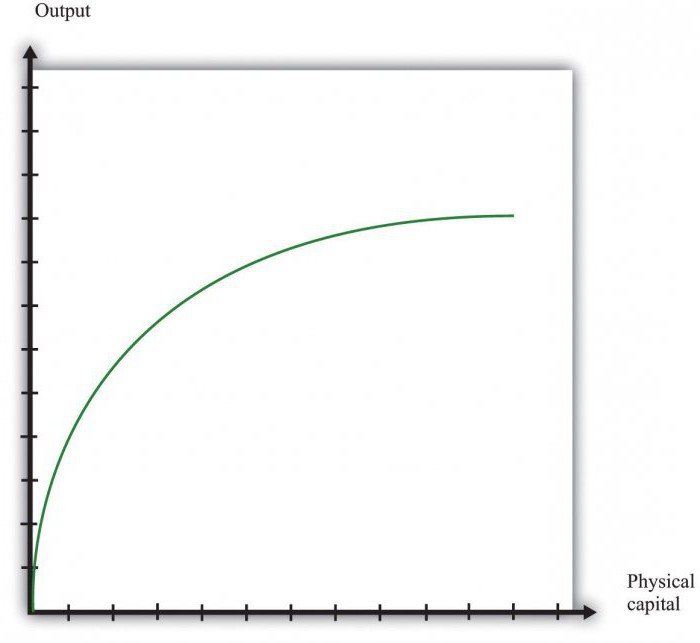
General information
The production function in the economy relates the actual output to the resources that were invested in the process to obtain it. This concept is key in neoclassical theories. The production function is used to determine the marginal product and overall efficiency. The latter is the cornerstone of all economic research. The primary task that the production function solves is the determination of the efficiency of the use of production factors and the distribution of the income received between them without taking into account the technological problems that may arise.
In macroeconomics, aggregated indicators are calculated in order to understand how economic growth occurs: in particular, due to the accumulation of capital or the improvement of technology. It should be noted that there are scientists who reject the concept of aggregated production function, but this point of view is not widespread.
Theory of Production Functions
In the strict sense, production cannot be represented mathematically as the sum or product of the invested resources. Since each of the sets of factors of production can be used to create a number of products. In order to meet the mathematical definition, the assumption is made that the production function displays the maximum possible release of goods from a given set of resources. Thus, it denotes the minimum ratio of factors that is necessary to create an agreed quantity of products. The assumption of the maximum possible release allows economists to abstract from technological and managerial problems and focus their attention exclusively on the problem of aggregate efficiency. Its solution allows you to understand to what extent one resource can be replaced by another. The production function of the company does not reflect the monetary relationship between output and the factors involved, although it does include physical volumes. The price of production and the cost of factors remain off-screen.
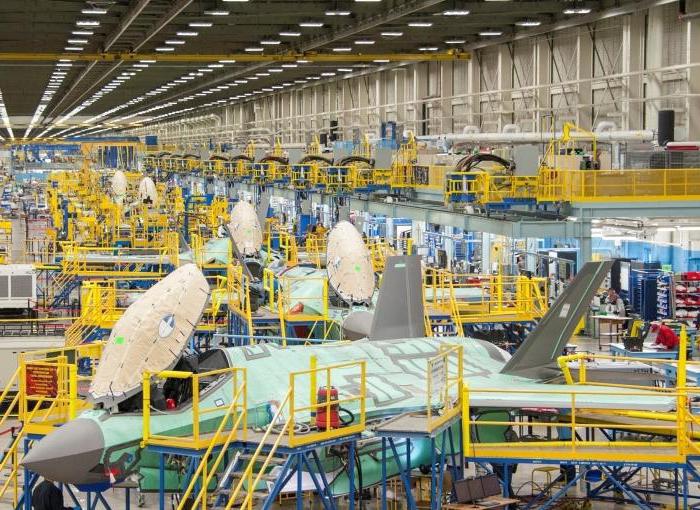
Types of Production Functions
Economic and mathematical models that characterize the dependence of output on various factors and the national economy as a whole can take into account the following indicators: the volume of production (in value or kind), fixed capital and funds spent, labor resources, energy consumption, number of machines and equipment.There are three groups of production functions:
- One-factor. This group includes linear, parabolic, power and exponential function.
- Two-factor. This group includes the functions of Leontief, Cobb-Douglas, Allen, Solow, linear, with constant elasticity of replacement of used resources.
- Multifactorial.
The Leontief function is used to model fully automated or small-scale processes. It does not allow deviations from strictly determined technological norms of resources per unit of output. The Cobb-Douglas function describes medium-scale processes (from an industrial association to an entire industry). The main condition for its use is stable and relatively stable functioning. Allen's function describes small-scale processes in which the possibilities of processing resources are limited. It is intended for situations where excessive growth of each of the factors has a negative effect on output. The Solow function is recommended for use in the case of modeling systems of any scale. The main condition for its use is the dependence of the replacement rate on the proportions of resources.
Cobb-Douglas function in economics
The two main factors of production are labor and capital. Their combination in a certain proportion allows you to create a product. The Cobb-Douglas production function reflects the technological relationship between the volume of labor and capital for the production of a certain quantity of goods. This model is two-factor and was checked statistically by two scientists, by whose surnames it was named, in 1927-1947. Sometimes the term “Cobb-Douglas production function” has a narrower meaning, indicating a constant return on scale (in this case, b = 1-a in the main formula).

Basic formula
The Douglas-Cobb production function reflects the dependence of the output of a particular product on the ratio of two factors: labor and capital. In its most general form, the formula is as follows: Y = A * Lb* Ka, where the letters indicate the following indicators:
- Y is the total volume of production (the real value of all goods released this year);
- L is the contribution of labor (the number of man-hours worked for a given period);
- K - the amount of capital spent (the real value of machinery, equipment and buildings);
- A - total productivity of factors;
- a and b are the elasticity of labor and capital, respectively (these values are determined by available technologies);
The Cobb-Douglas production function was developed based on statistics. They showed that the share of the contribution of labor and capital was constant over time in developed countries. Today, many scientists have this situation in great doubt.
Elasticity of factors of production
Parameters a and b play an important role in calculating the estimated output of goods using the Cobb-Douglas formula. The elasticity of factors reflects how a change in their ratio will affect physical production, ceteris paribus. For example, if a = 0.45, then an increase of 1% in the use of labor resources will lead to an approximate increase in the volume of output of goods by 0.45%.
Consider the three main cases of values that can take coefficients in the formula:
- a + b = 1. In this case, it is believed that the production function has a constant return on scale. This means that an increase in the use of capital and labor by 100% will lead to a doubling of the total output of goods;
- a + b;
- a + b> 1. This case is associated with a decrease in returns to scale.
In conditions perfect competition and equality of the elasticity of labor and capital, the coefficients a and b show the shares of each of the factors in the total volume of production.
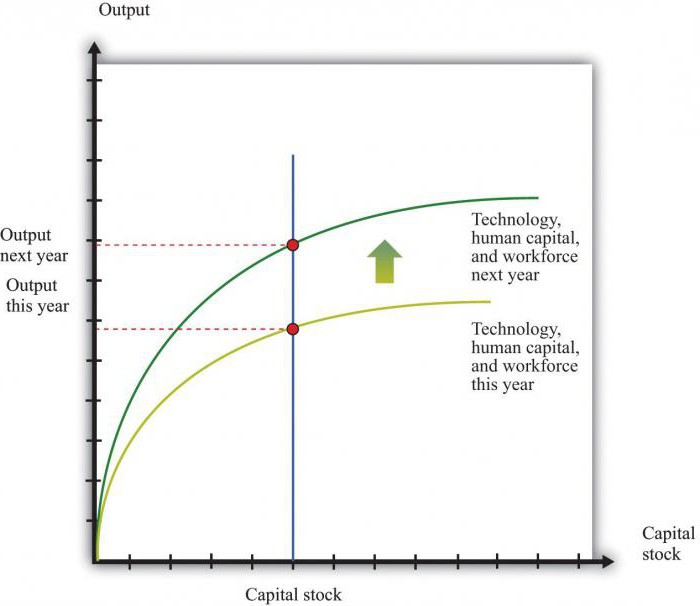
Formula Development History
Paul Douglas initially studied the contribution of man-hours and the amount of capital to output.He looked for a functional relationship between these indicators. He talked with his colleague Charles Cobb and together they derived a formula with one coefficient: Y = A * Lb* K1-b. Previously, this equality was already used by Knut Wicksell. Estimating the result of the calculation using the least squares method, Douglas determined that the labor exponent is 0.75. Later, it was confirmed by the calculation of the National Bureau of Economic Research. Further work in the development of the formula indicated that the exponents of labor and capital should not be constant. As a result, this allowed a more accurate determination of productivity.
The biggest problem with this model was that the production function of the release was based on too little statistical data, so it could not be completely trusted. Douglas decided to use the data of the American census, which covered many areas and provided a significant amount of observation. The scientist presented the results of his new research for the United States and other countries in 1947 at a meeting of the American Economic Association, of which he was president. Soon, Douglas became a politician, but poor health did not allow him to develop his concept further. However, twenty years later, its production function was popularized by prominent economists - Paul Samuelson and Robert Solow.
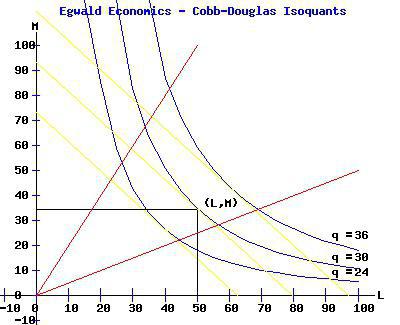
Graphic image
The effect of changes in labor and capital costs on the volume of production can be displayed not only using formulas, but also iso-quanta. The latter are curves that show different combinations of resources used to ensure the same output. The isoquant map is an alternative way of describing a production function. The farther from the coordinate origin the curve is placed, the greater the volume of output is provided by combinations of factors on it. The angular coefficient of any isoquant can be expressed in proportion, where one resource can be replaced by another in the production process. Its absolute value is equal to the rate of technological substitution.
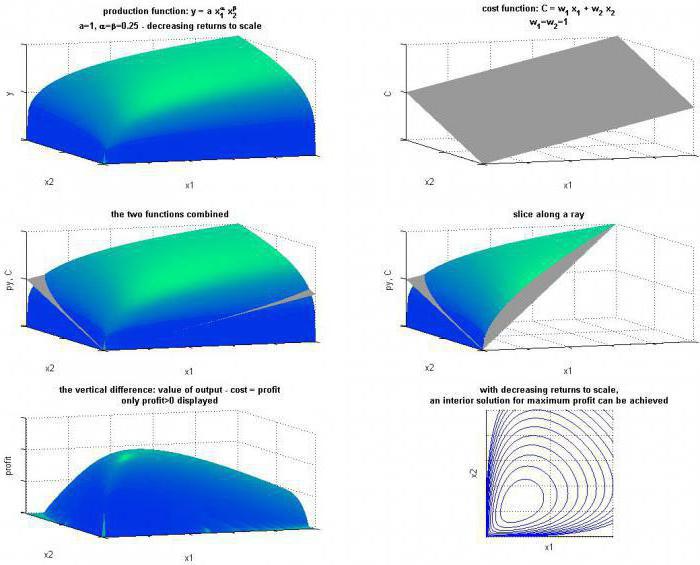
Problems and criticism
The national economy is a complex system that includes many elements and their relationships. Therefore, it is so difficult, if at all possible, to build an ideal model. The main problems of using the Cobb-Douglas function can be divided into two areas:
- Dimension Analysis. Representatives of the Austrian school of economics criticized the Cobb-Douglas model because of a lack of accurate indicators. They argued that the formula lacked meaningful and economically sound measurement measures. However, other economists in response to Barnett stated that the available indicators are not less accurate than the logarithms of temperatures or squares of distances that are widely used in physics.
- Lack of microeconomic reasons. The Cobb-Douglas production function factors were not developed based on knowledge of engineering, technology, or process control. On the contrary, they began to use it because it had beautiful mathematical characteristics, in particular, the law of diminishing utility of each of the factors and the property that the cost of production is a constant share of the total cost. And there are no microeconomic reasons for this. Today, many economists are trying to build their models based on the behavior of individuals, rather than trying to impose their concepts on the whole economy. However, modern economists (in particular, Neo-Keynesians) have developed the production functions of labor and capital, starting from the micro level, which only confirm the conclusions of Cobb and Douglas. Nevertheless, it cannot be argued that the applicability of the model in individual industries automatically means the necessity of using it for an aggregated economy.
Areas of use
Despite criticism of her, the Cobb-Douglas function was widespread in economic theory. It can be used to find utility (u). If x1 and x2 are the volumes of consumption of the first and second goods, then u = x1a* x2b.
Production as a process within the enterprise
The production process can be divided into several stages. Each of them has its own logic, goals and key figures. It is important to study them separately, but understand that all stages are part of the whole. The following processes are distinguished within the enterprise:
- Real.
- Income distribution.
- Industrial.
- Monetary.
- Market value.
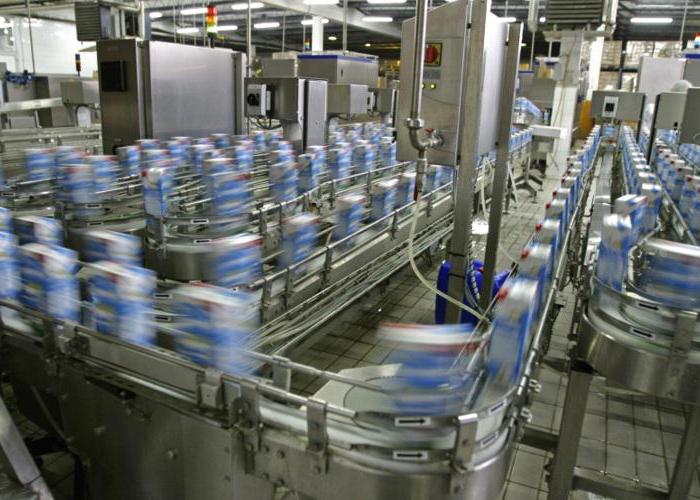
Increased output and output
The goal of any enterprise is to increase its own profitability. And for this you need to either increase the number of units of manufactured products, or reduce the consumption of resources. An increase in output is usually indicated as a percentage of the same period in the past. The production function just reflects the real process of manufacturing goods at the enterprise. At the same time, it shows the mechanism for generating income during release. It consists of two elements: a change in the volume of goods and productivity.
In general, there are only two main processes in the economy - production and consumption. And the same number of main market entities - seller and buyer. The welfare of the state and its inhabitants depends on the efficiency of production and communication between actors. The Cobb-Douglas formula is the first function of aggregated production. With the help of it, it became possible to model not only small-scale processes, but also entire industries. Its appearance marked a new stage in the development of macroeconomics, since it made it possible to evaluate the efficiency of production across the entire national economy of the state.






